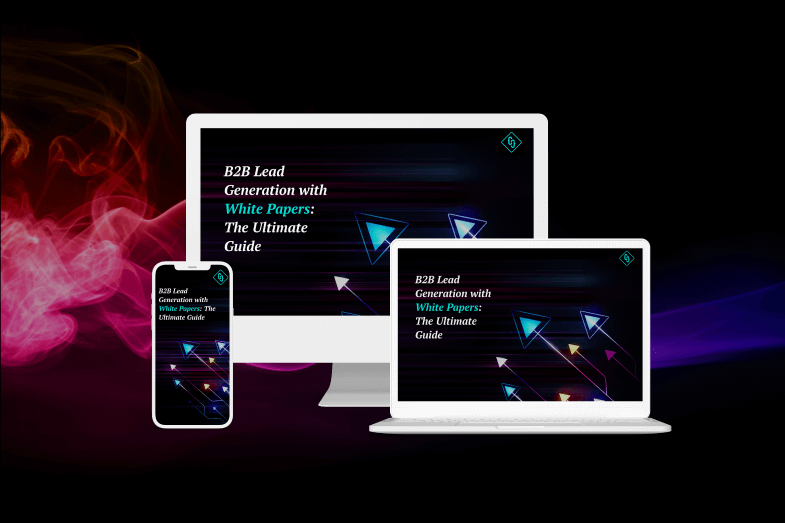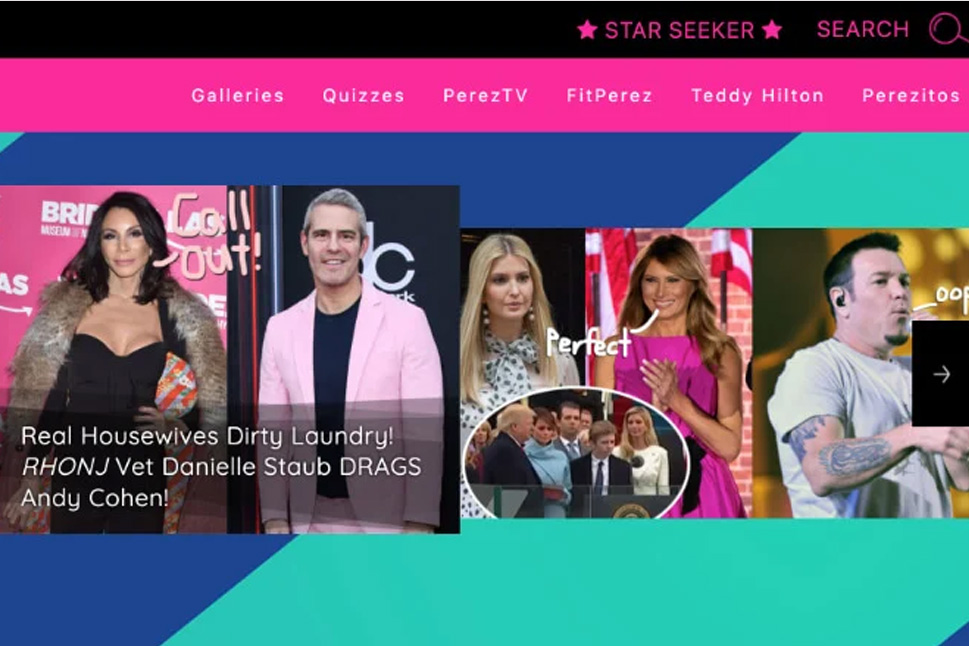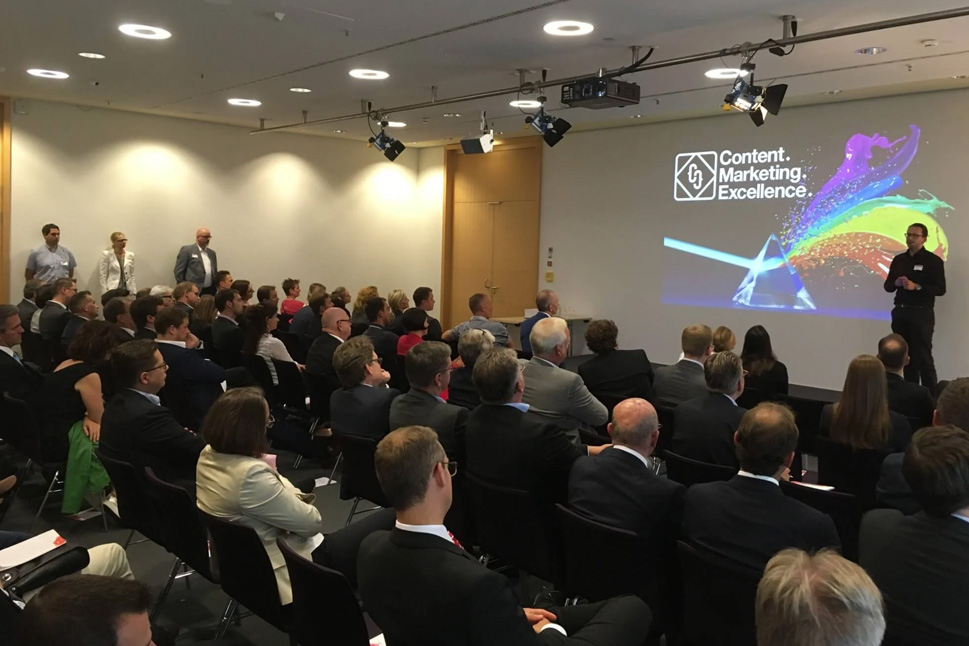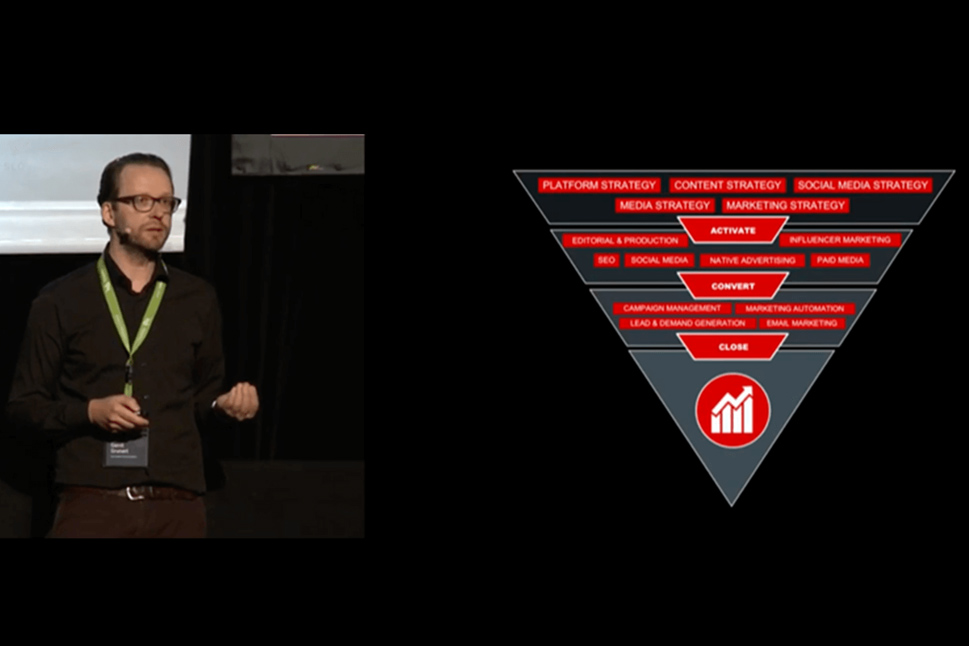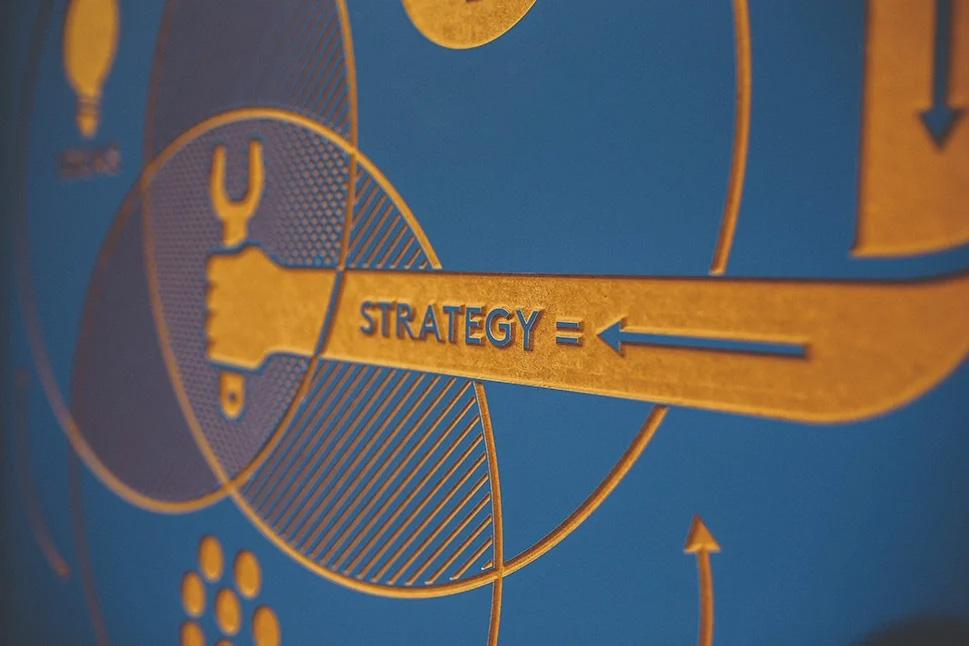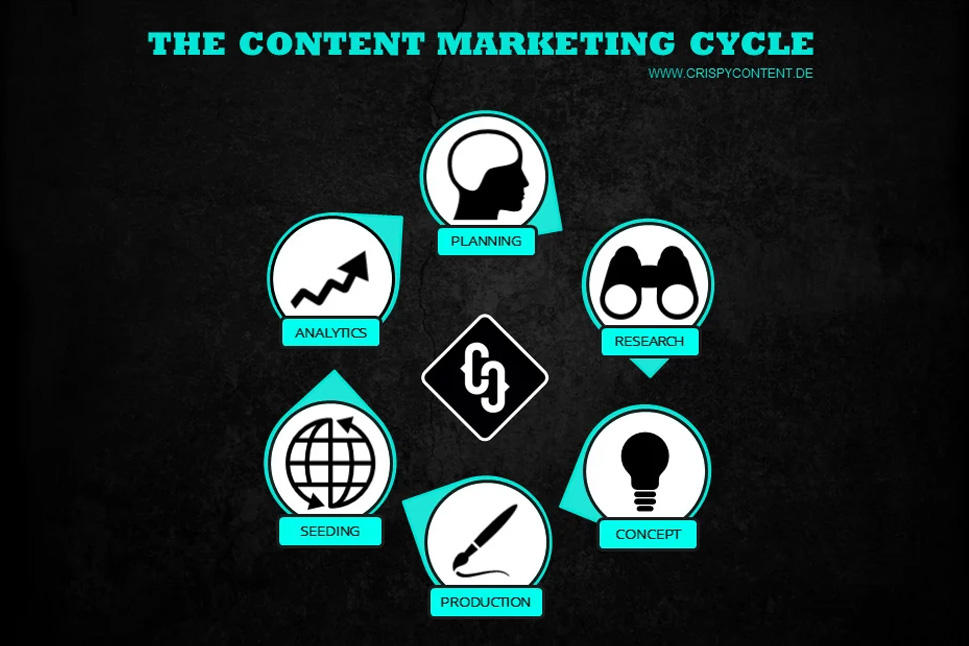Maximizing ROI from Thought Leadership Content
Last updated on February 21, 2025 at 13:57 PM.Demonstrating the return on investment (ROI) for thought leadership content follows the same principles as any strategic content initiative. The key is to define the ultimate business outcome and work backward to ensure content efforts contribute directly to achieving it.
.jpg?width=969&height=645&name=thought-leadership-crispy-content%20(1).jpg)
Understanding ROI from the End Goal
For B2B companies, this often means winning new clients, securing larger contracts, or increasing customer lifetime value. For SaaS businesses, it translates into higher subscription rates or enterprise adoption. Regardless of the industry, financial impact is the ultimate success metric.
To bridge the gap between content and business objectives, we reverse-engineer the journey:
- Decision Stage: Prospects make a final choice based on trust and perceived expertise.
- Consideration Stage: Buyers compare solutions, looking for differentiation.
- Education Stage: Content provides clarity on industry challenges and potential solutions.
- Awareness Stage: High-level insights introduce prospects to your brand and expertise.
At the start of this journey, a critical question arises:
What makes our content truly valuable?
This often translates into broad themes such as:
- Operational Excellence: Helping businesses optimize processes and resources.
- Market Leadership: Providing forward-thinking insights on industry disruptions.
- Sustainability & Responsibility: Addressing ethical and regulatory concerns.
- Trust & Expertise: Establishing credibility as a go-to source of knowledge.
By focusing on these themes, businesses can create thought leadership content that aligns with both audience expectations and business goals.
Bridging the Gap Between Thought Leadership and Sales
Proving the ROI of thought leadership content requires ensuring a clear pathway from initial engagement to business impact. Every piece of content should guide prospects naturally toward conversion.
How does this work in practice?
- Awareness & Inspiration (Top of Funnel): Content here is broad and high-level. Think industry trend reports, expert commentary, and strategic insights that capture attention.
- Education & Consideration (Mid-Funnel): Content becomes more detailed and solution-oriented. Whitepapers, case studies, and webinars help prospects assess different approaches.
- Conversion & Trust-Building (Bottom-Funnel): Content now ties directly to your business. ROI calculators, product comparisons, and testimonials help close the gap between thought leadership and actual sales.
By structuring content with a clear progression, businesses ensure that thought leadership efforts lead to measurable results.
Why Thought Leadership Matters More Than Ever
B2B decision-makers no longer rely solely on advertising or traditional sales tactics. Instead, they look for brands that demonstrate expertise and forward-thinking strategies.
Platforms like LinkedIn and niche industry publications are filled with discussions about innovation, digital transformation, and sustainability. Companies that consistently provide valuable insights gain visibility and credibility.
In today’s rapidly changing market—where economic pressures, regulatory shifts, and technological disruptions create uncertainty—thought leadership is a key differentiator. It builds not only brand awareness but also trust and authority, both of which are critical in high-stakes B2B purchasing decisions.
Measuring Thought Leadership ROI Effectively
Unlike direct-response marketing, where results are immediate and trackable, thought leadership impact is often long-term and requires a more nuanced measurement approach.
Key strategies include:
- Content Engagement Metrics: Use tools like Google Analytics, LinkedIn Insights, and marketing automation platforms to track readership, time on page, and content shares.
- Lead Generation & Nurturing: Monitor content downloads, webinar sign-ups, and gated assets to see how thought leadership content contributes to pipeline growth.
- CRM & Sales Data Analysis: Platforms like Salesforce and HubSpot connect content interactions with sales outcomes, revealing which content drives conversions.
- Brand Perception Analysis: Thought leadership isn't just about leads—it shapes reputation. Use surveys, sentiment analysis, and media mentions to measure its broader impact.
A data-driven approach ensures that thought leadership content delivers both visibility and business results.
Making Thought Leadership a Scalable Business Asset
Effective thought leadership is not a one-time effort—it requires continuous iteration and strategic refinement. Companies must implement a structured approach that enables them to scale and improve over time.
Key elements of a sustainable thought leadership strategy include:
- Strategic Content Planning: Aligning themes with both business goals and audience interests.
- Performance-Based Adjustments: Using analytics to refine messaging and distribution strategies.
- Internal Training & Enablement: Empowering teams to create and share thought leadership content effectively.
By integrating these elements, companies can turn thought leadership into a long-term competitive advantage.
Thought Leadership as a Business Growth Driver
At its core, thought leadership content is about providing real value—insights that educate, inspire, and guide decision-makers. When executed strategically, it becomes more than a marketing tool; it becomes a growth engine.
This approach is built on:
- Insight-Driven Strategy: Educating audiences fosters trust, and trust leads to business growth.
- Intentional Content Structuring: Thought leadership must follow a clear roadmap, from awareness to conversion.
- Ongoing Adaptation: The best-performing companies continuously refine their approach based on market trends and data insights.
For companies that embrace these principles, thought leadership becomes a powerful asset—driving brand influence, accelerating sales cycles, and securing long-term industry leadership.
 Gerrit Grunert
Gerrit Grunert
Gerrit Grunert is the founder and CEO of Crispy Content®. In 2019, he published his book "Methodical Content Marketing" published by Springer Gabler, as well as the series of online courses "Making Content." In his free time, Gerrit is a passionate guitar collector, likes reading books by Stefan Zweig, and listening to music from the day before yesterday.
















